





At Aqua Artist Swimming School, we believe swimming is more than just a sport. It’s a life skill. Whether you're diving in for fun, fitness, or competition, mastering essential techniques can dramatically improve your confidence, efficiency, and safety in the water.
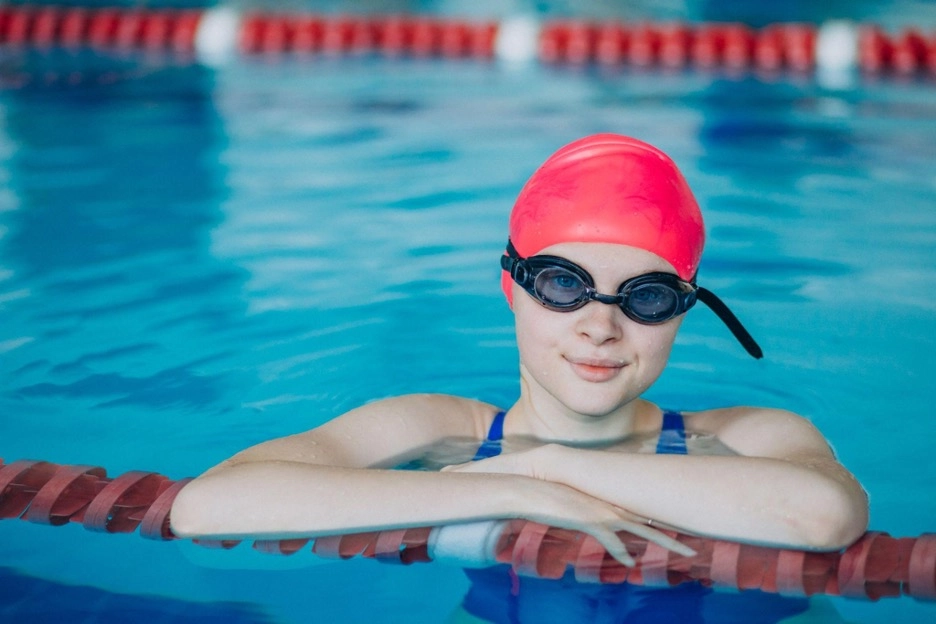
In this blog, we’ll walk you through the fundamental swimming techniques every swimmer, no matter their level, should aim to master. From basic strokes to advanced skills, this guide is designed to help you glide through the water like a pro. Let’s get started:
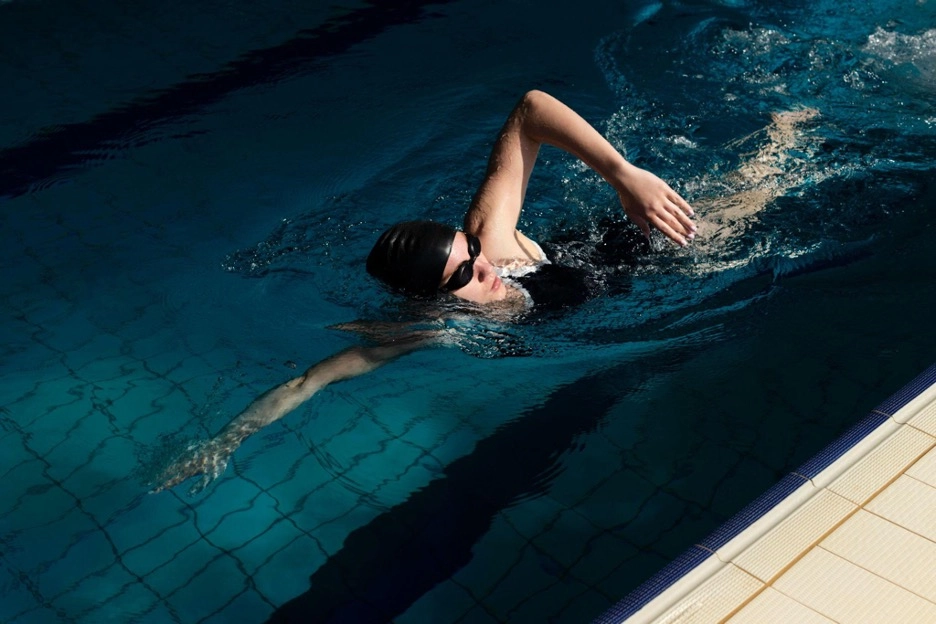
Freestyle is the first stroke you learn in your swimming class. It’s fast, fluid, and relatively easy to pick up. The key elements here are alternating arm strokes, a strong flutter kick, and controlled breathing.
Keep your body straight and your head aligned with your spine. Focus on pulling your arms through the water smoothly and recovering with a high elbow. Breathing can be tricky at first, so try bilateral breathing (changing sides every few strokes) to maintain balance and avoid neck strain.
Here’s a pro tip:
Think about swimming "long and tall" in the water. This helps reduce drag and keeps your stroke efficient.
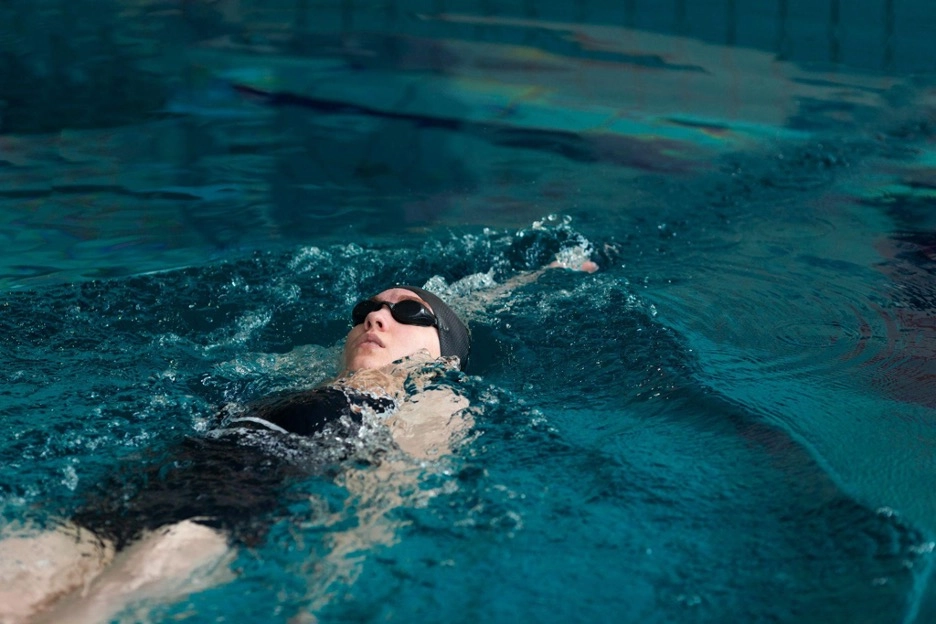
Backstroke is the only stroke swum on the back. This stroke is great for building endurance. It uses a flutter kick just like freestyle, but the arms move in a windmill-like motion, changing sides with each stroke.
To stay straight, pick a point on the ceiling to keep your focus. Your hips should stay high, and your head should rest comfortably in the water with your face up.
Here’s a common mistake you should avoid:
Avoid “sinking hips.” This happens when your head is tilted too far back. Keep your core engaged and eyes looking straight up.
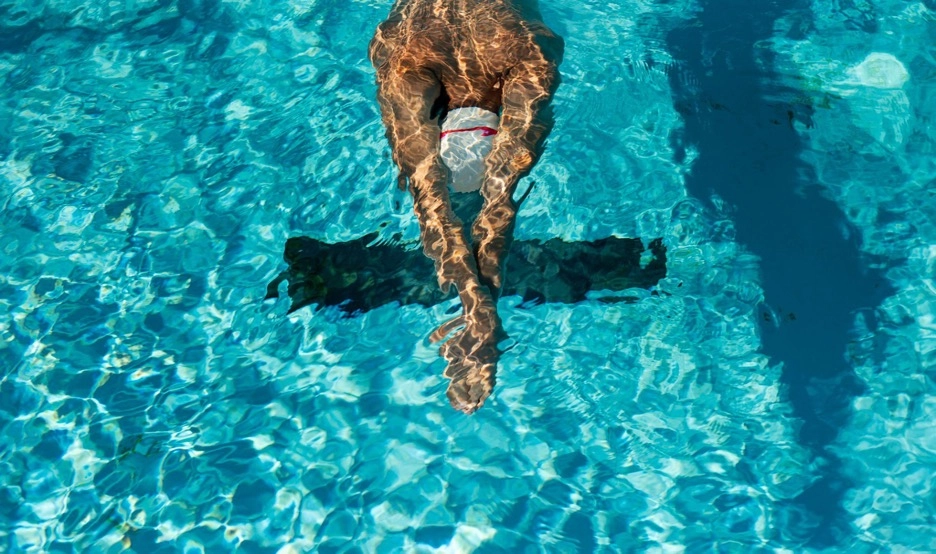
Breaststroke is slower but highly technical. It’s often preferred for leisurely swimming because of its comfortable rhythm and visibility above the water.
Both arms move in a circular motion at the same time, pushing the water outward and then sweeping inward under the chest. The legs perform a powerful whip-like “frog kick,” providing strong propulsion. Timing is everything. The rhythm is: pull, breathe, kick, glide.
Why does it matter?
This stroke is great for conserving energy and works well in open water because your head stays above the surface.
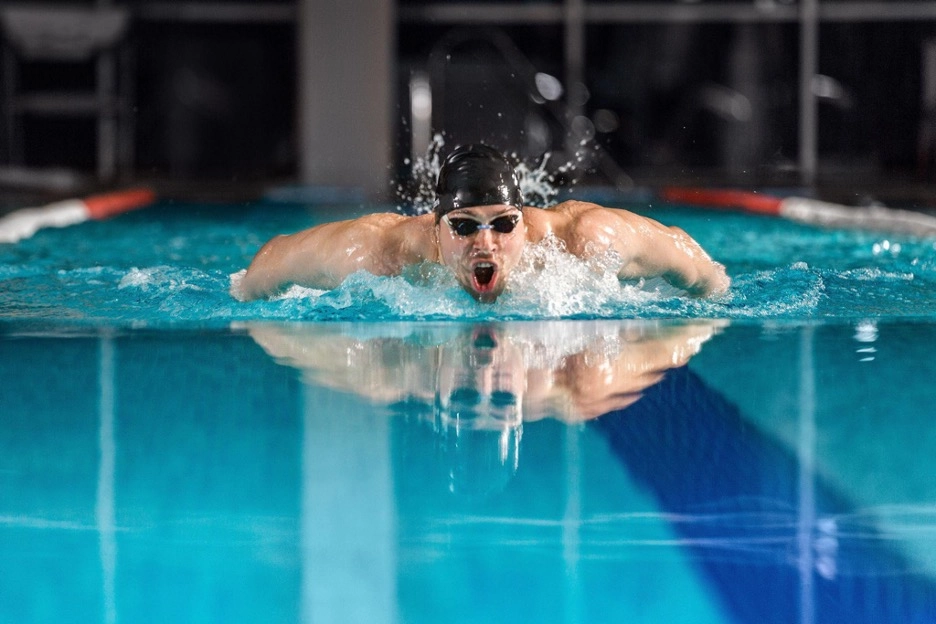
This is a challenging yet powerful swimming technique. It's also one of the visually striking strokes you’ll learn at your swimming lessons. It requires excellent timing, strength, and coordination.
Both arms move together in a sweeping motion over the water, while the legs execute a powerful dolphin kick. Your body moves in a wave-like motion, and that needs full-body engagement.
Here’s a tip:
Start with the dolphin kick and build from there. Once you’ve nailed the rhythm, the rest becomes smoother with practice.
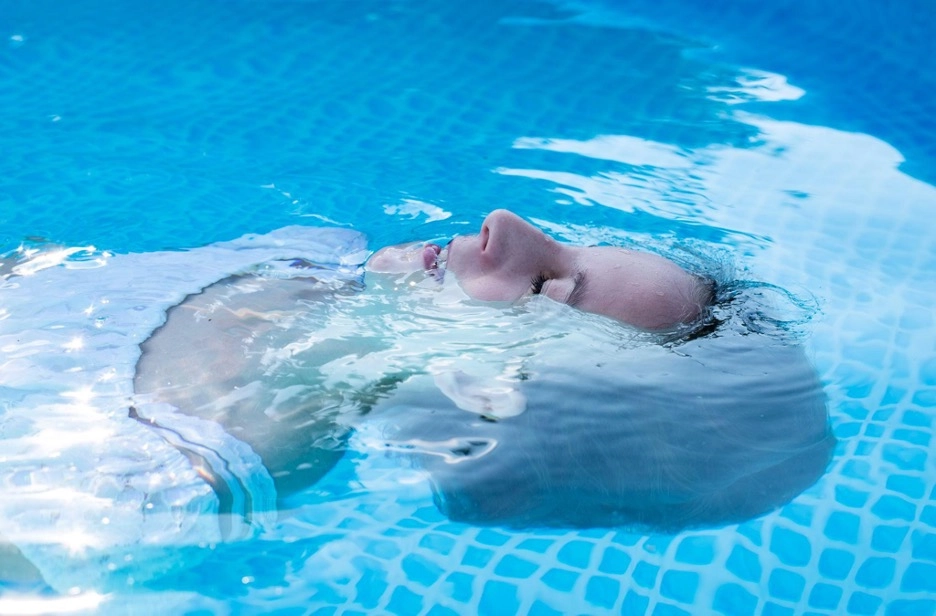
Before you even start swimming, you need to be comfortable in the water. Learning to float helps you build trust in your body and the water's natural support.
Start in shallow water where you feel safe. Practice lying on your back with arms out and chin slightly lifted. Spread your limbs and breathe deeply. Let the water hold you up, and trust us, it will!
Here’s why this is important:
Floating is a basic survival skill. If you ever get tired or need to take a break, floating gives you time to recover without panic. Refer to our recent guide on swimming tips for beginners for a detailed insight.
Breathing is often overlooked by beginners, but it’s a game-changer. Poor breathing leads to fatigue, panic, and bad form.
Learn to exhale underwater and inhale quickly when your head breaks the surface. Try breathing every three strokes in freestyle to stay balanced and relaxed.
Here’s a drill to try:
Practice standing in shallow water and slowly submerging, blowing bubbles, then resurfacing for air. Learn more about breathing techniques in our detailed guide here.
Want to move faster with less effort? Practice streamlining. After a push-off or dive, tuck your arms tight over your head, squeeze your ears with your upper arms, and point your toes. This body position reduces drag and helps you glide smoothly.
Here’s a pro tip:
Use it during turns and starts for maximum efficiency. It's one of the easiest ways to gain speed without swimming harder. In fact, you can try it in competitive swimming.
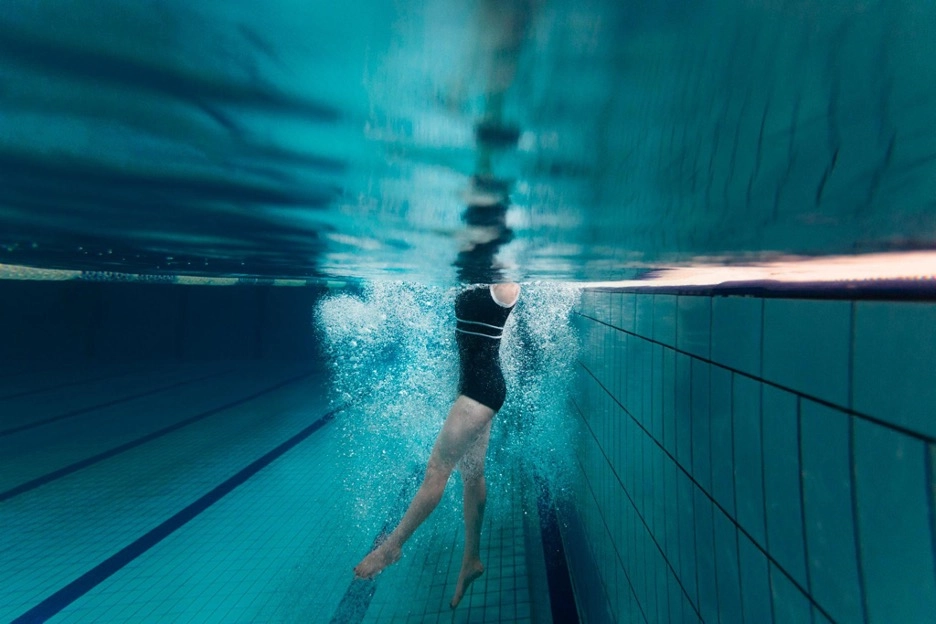
Treading water keeps you vertical and afloat in deep water without swimming forward. This skill is a must for safety and endurance.
Use a gentle sculling motion with your hands while moving your legs in an eggbeater or flutter kick. Stay relaxed and breathe steadily.
Why it matters:
Treading water can save your life. It also improves your strength and awareness in open water conditions.
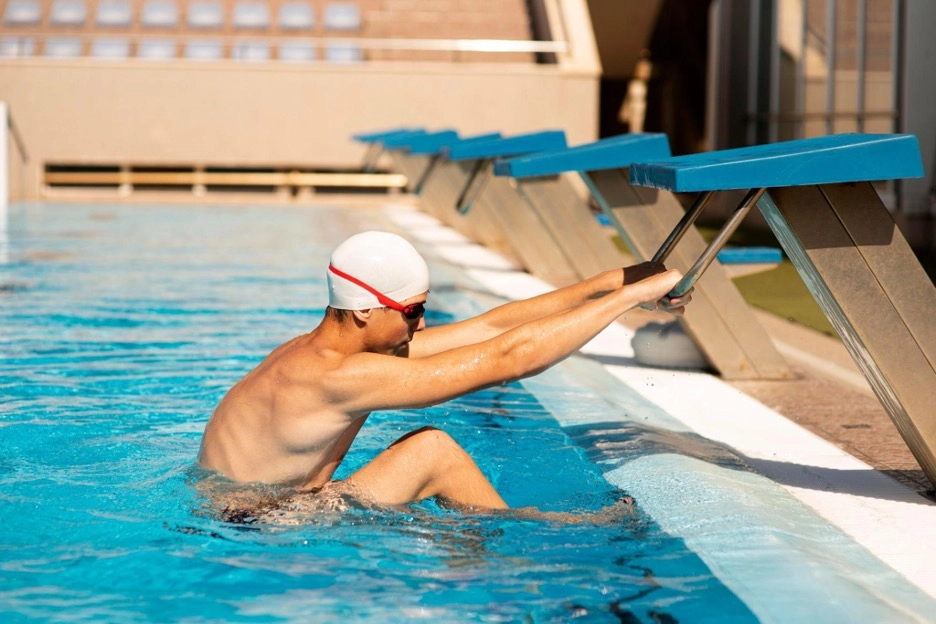
If you're swimming laps or training for competitions, mastering turns makes a huge difference.
If you're swimming laps or training for competitions, mastering turns makes a huge difference.
Here’s a pro tip :
Practice your push-off with a streamlined glide to maximise speed out of every turn.
Did you know that a powerful dive can give you a great lead, especially in races?
Start with feet shoulder-width apart, one foot slightly ahead. Bend your knees, swing your arms, and launch forward into a streamlined position.
Things to remember :
Entry should be smooth, fingers first, with minimal splash. Aim to hit the water at a shallow angle to maintain speed.
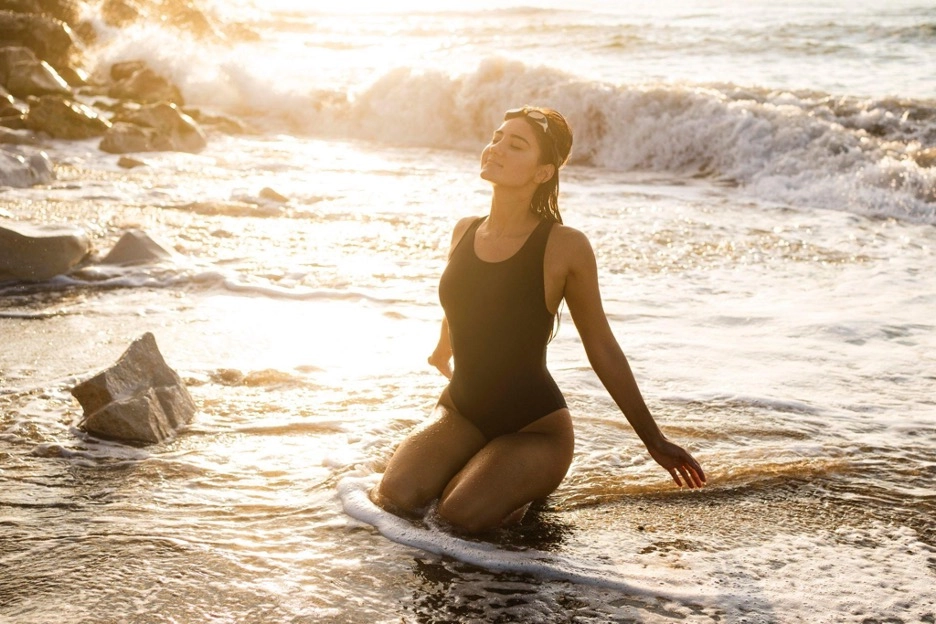
Even strong swimmers get tired. Learning to listen to your body and manage fatigue is essential.
Swimming in a pool and swimming in the ocean or a lake are very different experiences.
Currents, waves, and unclear visibility can all be challenging. Learn how to sight (briefly lifting your head to see where you're going), swim parallel to the shore in a rip current, and stay calm in unfamiliar environments.
Here’s a golden rule to remember :
Never swim alone in open water. Always have a buddy or supervision. Check out our blog on what to do in an open water swimming emergency so that you can enjoy open waters confidently.
Swimming is a journey, and like any skill, it takes time, practice, and proper guidance. Whether you’re just starting out or looking to refine your technique, these basic swimming skills can set you up for a lifetime of safe and confident swimming.
At Aqua Artist, we don’t just teach strokes, we build swimmers. Our expert swimming trainers work with all ages and levels, helping every student reach their full potential in the water.
Ready to level up your swim game? Dive in with us at Aqua Artist and let’s make waves together. Book a free assessment today!